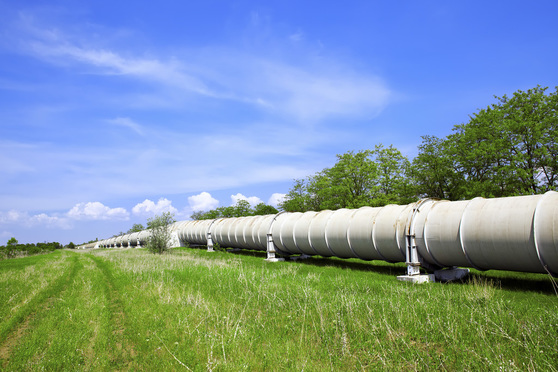Natural gas produced in Texas has heated homes and powered businesses across America for decades. Gas from the state’s shale plays such as Eagle Ford and Barnett is now also entering international markets through cross-border pipelines with Mexico and liquefied natural gas export terminals along the Gulf Coast of the United States. Almost all of the gas leaving Texas will inevitably make its way to end-users along pipeline or LNG facilities approved by the Federal Energy Regulatory Commission, the agency charged with making public interest determinations that permit these facilities’ construction and operation. In recent years, FERC has been flooded with new pipeline and LNG project applications, with developers seeking to accommodate the growing appetite for natural gas.
This increased domestic reliance on natural gas and additional production for export has experienced opposition, primarily from environmental groups that favor lower-emitting energy sources over fossil fuels. Such groups often use FERC as a forum to litigate climate change, challenging its approval of projects under the National Environmental Policy Act. NEPA, which is intended to promote informed decision-making by federal agencies regarding a project’s environmental impacts, does not mandate a particular outcome. It does obligate FERC to consider a proposed project’s “reasonably foreseeable” indirect effects on the environment. Failure to do so could result in a court reversal of FERC’s project approval.






